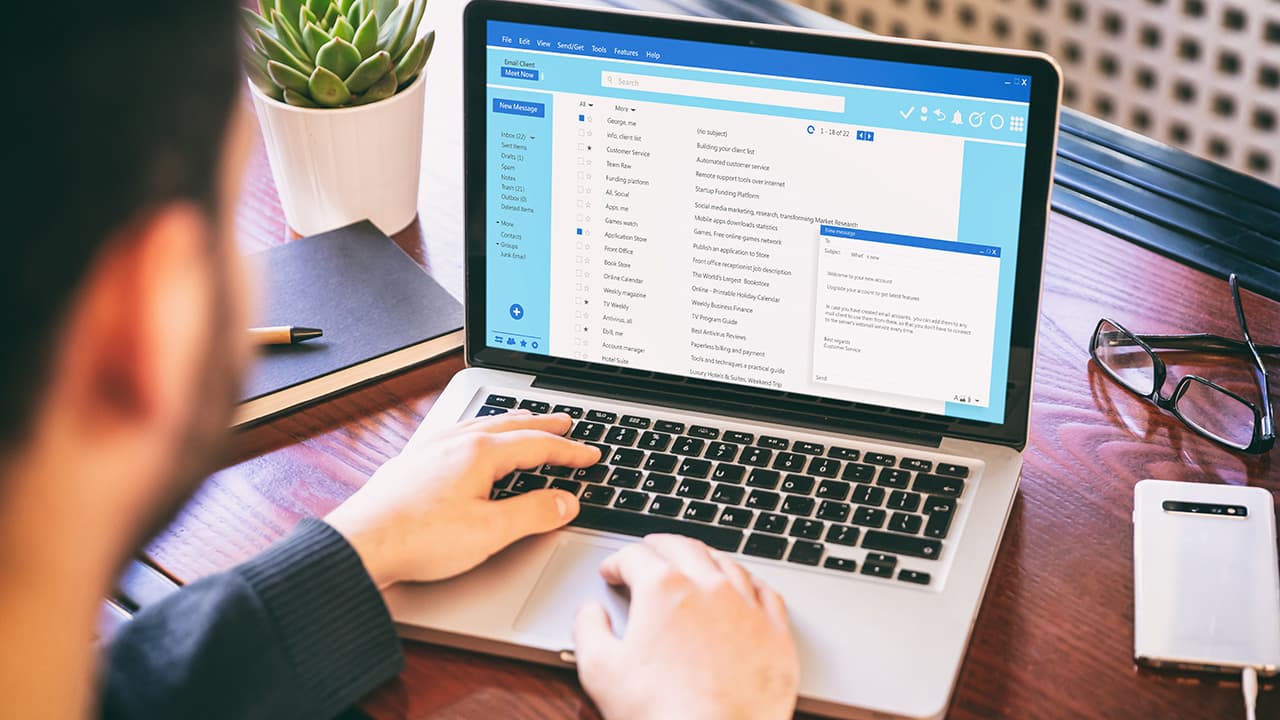Can I Cold Email Someone? Is It Considered Spam?
Sending a well-crafted email can sometimes lead to it ending up in the spam folder. Cold emailing is a common practice in business and networking. It involves reaching out to someone you do not know to start a conversation or pitch an idea. While this strategy can be effective, distinguishing between a legitimate cold email and spam is important.
What is Cold Emailing?
Cold emailing means sending unsolicited emails to individuals or businesses without prior interaction. These emails serve various purposes:
- Networking: Connecting with industry professionals.
- Sales: Presenting products or services to potential customers.
- Job Hunting: Contacting employers or recruiters for opportunities.
- Collaborations: Proposing partnerships with businesses or individuals.
Definition of Spam
Spam, often called junk email, refers to unsolicited messages sent online, typically to many users. These emails usually aim to advertise, scam, or bother recipients. Key characteristics include:
- Bulk Sending: Same message sent to many people.
- Unsolicited: Recipients have not requested the email.
- Irrelevant Content: Content does not relate to the recipient's interests.
- Deceptive Intent: Many spam emails aim to mislead or harm recipients.
Is Cold Emailing Considered Spam?
Whether a cold email is spam depends on several factors:
- Relevance: If the email is relevant to the recipient, it is less likely to be deemed spam.
- Consent: While cold emails are unsolicited, some consent (e.g., opt-in forms) can help.
- Content: Providing personalized and valuable information reduces the chances of being flagged as spam.
- Frequency: Sending multiple unsolicited emails can classify the communication as spam.
The Role of Spam Filters
Spam filters are tools used by email providers to identify and filter spam emails. They analyze aspects such as the subject line, content, sender information, and sending behavior. While these filters are crucial for managing email, they are not infallible.
The Google and Gmail Spam Filter Issue
Gmail is widely used and features robust spam filtering. However, its effectiveness has raised concerns among users. Common issues include:
- Over-Filtering: Legitimate emails sometimes land in the spam folder, leading to missed opportunities.
- Under-Filtering: Spam emails may slip through into the inbox, posing risks like phishing attacks.
Why Gmail's Spam Filter Can Be Frustrating
- False Positives: Legitimate emails marked as spam can inconvenience users.
- False Negatives: Spam emails that evade the filter can clutter inboxes and pose security risks.
- Lack of Control: Users often feel they lack control over spam filtering. While some customization is possible, the filters remain largely automated.
Improving Your Cold Email Strategy
To reduce the risk of your cold emails being marked as spam, consider these tips:
- Personalize Your Emails: Tailor each email to the recipient. Use their name and mention relevant information.
- Clear Subject Lines: Avoid deceptive subject lines. Clearly state the purpose of your email.
- Provide Value: Ensure your email offers something valuable, such as information or solutions.
- Respect Privacy: Include an easy opt-out option for recipients to decline future emails.
- Limit Frequency: Avoid sending multiple emails in a short period. Allow time for responses before following up.
Cold emailing can be a legitimate and effective strategy with proper execution. Understanding the difference between cold emails and spam is essential. By personalizing your emails, offering value, and respecting recipients' privacy, you increase the chances of positive responses.
While Gmail's spam filter aims to protect users, it has limitations. Issues with false positives and negatives emphasize the need for improved user control. Those relying on cold emailing should adapt their strategies to navigate these challenges effectively.
(Edited on September 4, 2024)












